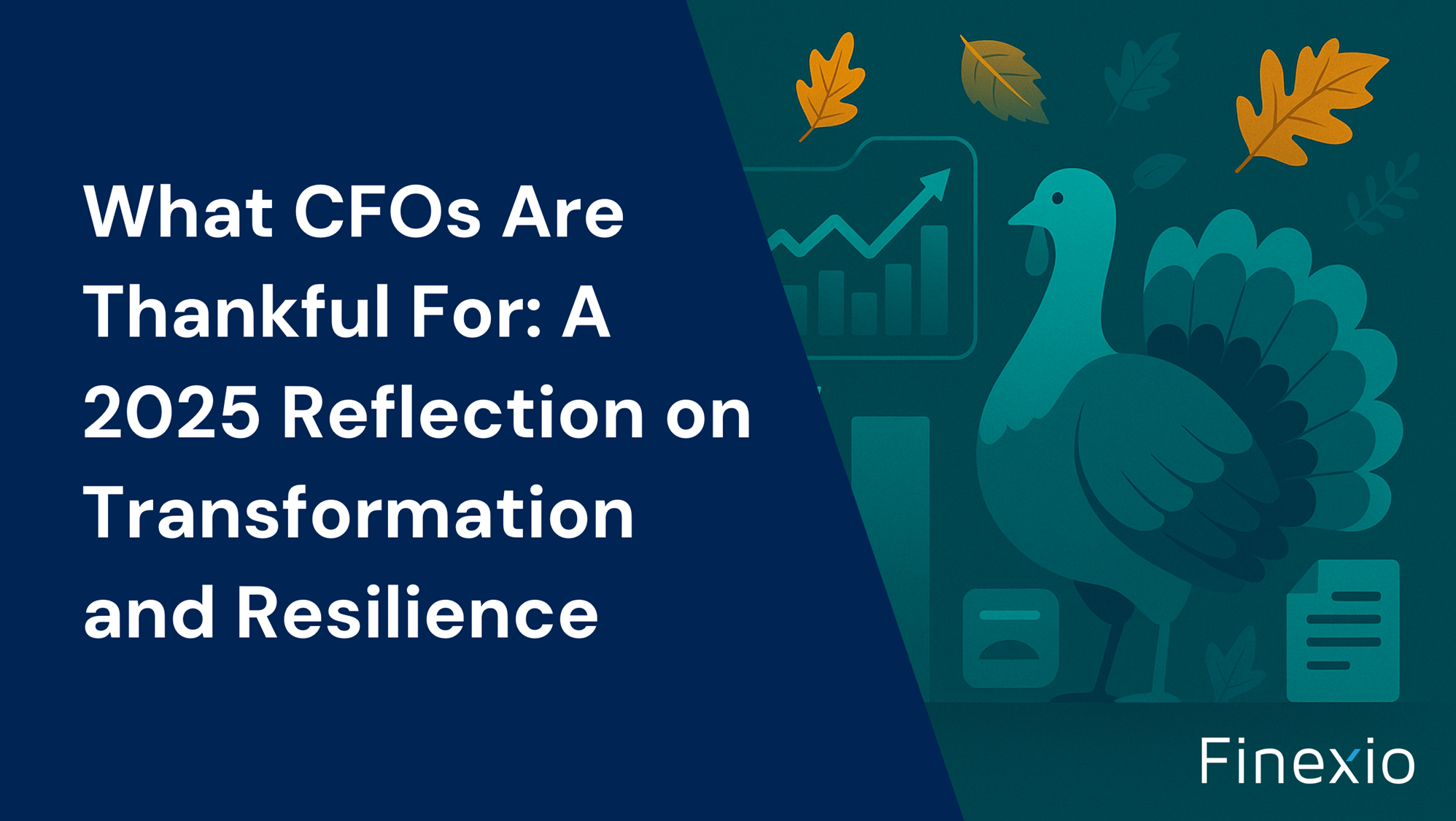Embedded Software Allows for “Seamless” Payments Experience


As growth in the payments industry continues to accelerate, software integrations increasingly focus on simplifying the user payment experience. Payments providers that successfully facilitate a smooth end-to-end experience are capturing market share as customers on both sides of payments transactions prioritize efficiency and execution.
In a recent B2B Cashflow Conversations podcast episode with Finexio CEO and founder Ernest Rolfson, Dan Geraty, founder of Clearent, discussed the rapid evolution of the payments space and how organizations such as Clearent and Finexio can improve the payments experience.
“I think it’s interesting that as the industry invests in itself, there is much more emphasis on the experiential factor, the wow factor,” said Rolfson. “How does Clearent fit into the picture of simplifying payments and improving the user experience?
Geraty responded that within the B2B space, Clearent partners with software developers to enable payments as part of their value proposition, which improves the user experience while creating an additional revenue stream. “These partnerships are also good for customers, because they provide a much more seamless payment experience,” he noted.
“Back in 2017, we came across a company called Spot that specialized in dry cleaning store management software, which doesn’t seem super sexy,” he added. “The idea is that everyone pays for dry cleaning with a credit card, so that the intersection of payments and software created a stickier solution. The founders were ready to retire, so we acquired Spot, moving their customers to Clearent for payments. There were revenue synergies associated with this acquisition as well as improvements that we were able to make for the business and the customer experience.”
Clearent continued to acquire other companies in attractive verticals and earlier this year, merged with TSG to create Xplor. TSG is a global provider of business management software and integrated payments operating in the U.K., Australia and New Zealand that follows a similar strategy to Clearent.
“Together, we’ve created a global platform,” Geraty said. “We will continue to acquire software companies in verticals that we really like in addition to partnering with software companies where we can improve the payment experience.”
“How does acquiring and partnering with software companies help create more efficient and effective payment experiences?” Rolfson asked. “I would imagine that when you started, you didn’t necessarily imagine that you would be owning vertical specific software businesses.”
In reply, Geraty confessed that he definitely did not anticipate this twist. “But you could see it happen back when OpenEdge was bought by Global Payments,” he noted. (OpenEdge, a payments processing platform, was acquired by Global Payments in 2015). “They were doing a lot of integrations with software companies and growing like a weed as a result. We couldn’t help but take notice because in the merchant acquiring space, attrition is a major challenge unless you’ve got a real hook.”
“And software is the hook,” he continued. “It’s even more of a hook when you own it.”
“How is what you are doing different than the Stripe model, for example?” Rolfson asked. “It seems like it’s in the trend area of having credit card processing available to developers so they can embed it in their software.”
“Stripe is a terrific company that is making it really simple for companies to integrate payments into their software solution,” Geraty replied. “What we find is that Stripe is a bit of a one-size-fits-all solution. Software developers may start with Stripe, but as the software company matures, they seek a different solution with more support for themselves, more support for their customers and different pricing options.”
“Essentially, what you are saying is that everyone has a place in the industry or a specific focus?” Rolfson commented.
“Yes,” Geraty responded. “The global payments market is so huge there is plenty of room for everyone.”
Rolfson commented that this echoes some of the trends he sees at Finexio. “CFOs are not going to be buying outbound payment processing or outsourced check printing or having their back-office staff making payments over the phone with a credit card anymore. Instead, they are buying procurement software or AP software to run their businesses.”
This means that organizations can access payments expertise through embedded software, avoiding the complex and confusing aspects of engaging with payments separately, Rolfson continued. “It’s very elegant to get the payments in software development,” he added.
Both Geraty and Rolfson concluded that when payments are seamless and essentially disappear, organizations can focus on their core competencies. Leveraging companies such as Clearent and Finexio to this end means that payments can operate as a utility, so to speak, while organizations concentrate on delighting their customers and growing their businesses.
Finexio partners with 14+ software providers to make your payments easier, safer, and cost-effective for buyers and suppliers. Contact us or Book a meeting to learn more.
Get the free Newsletter
Get the latest information on all things related to B2B and electronic payments delivered straight to your inbox.




